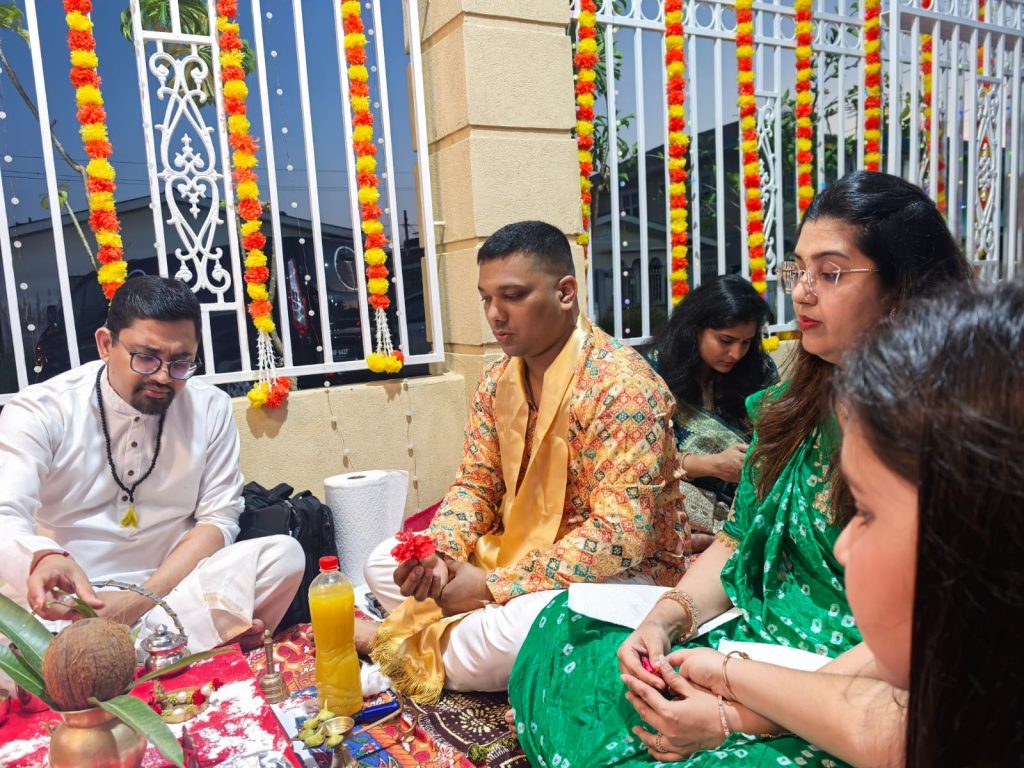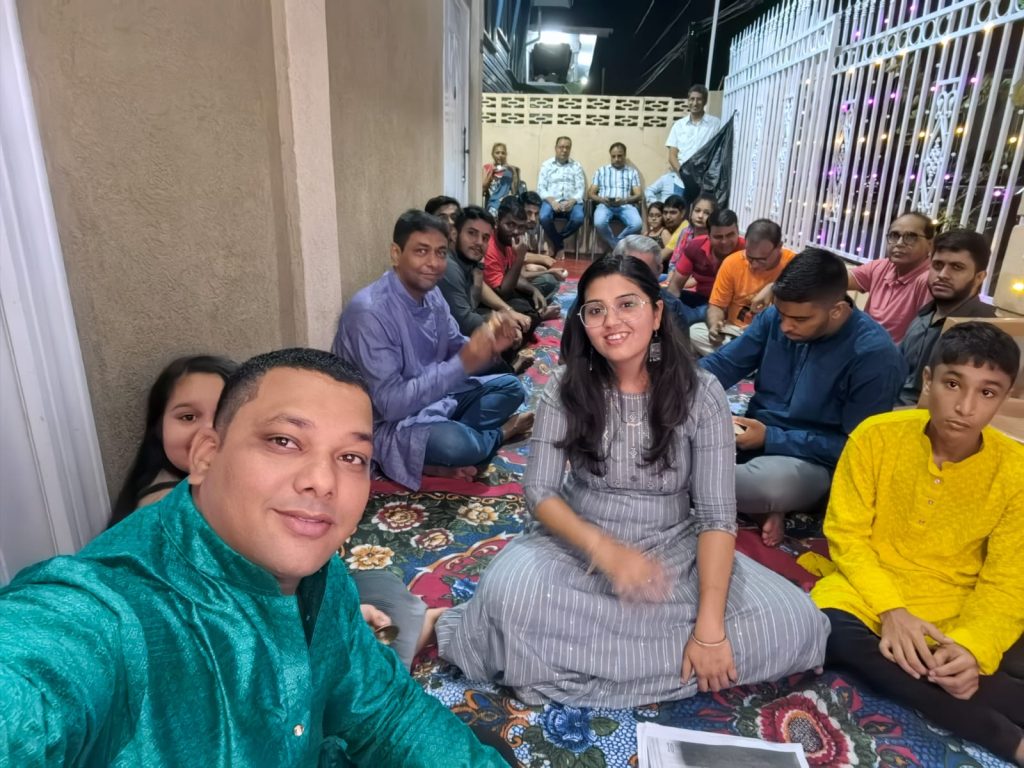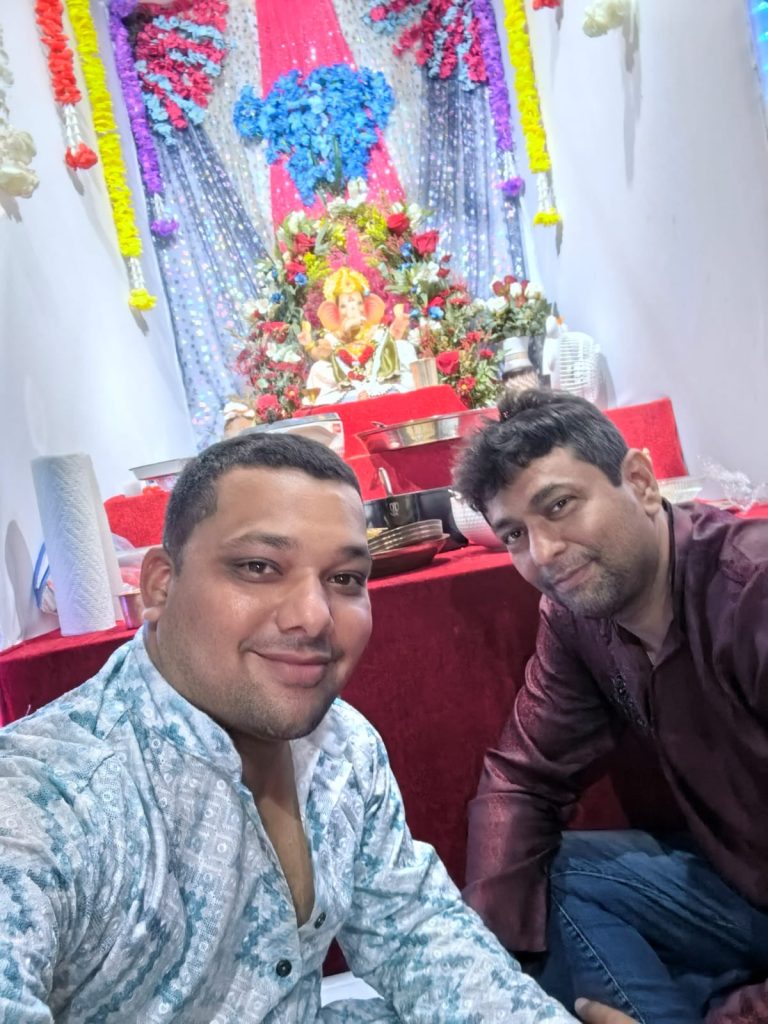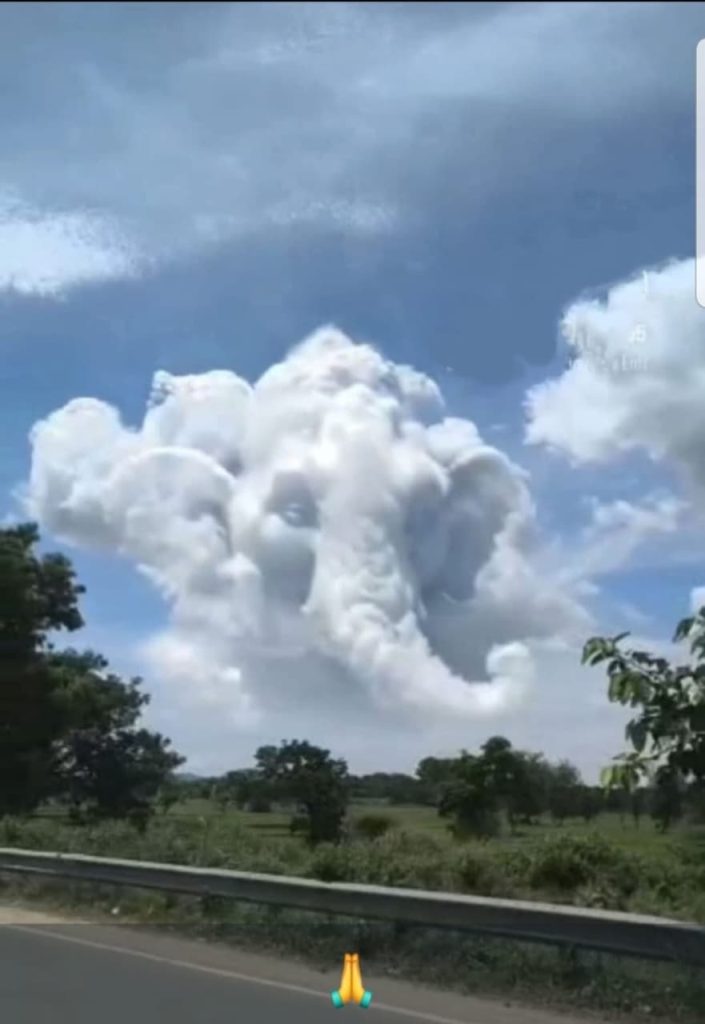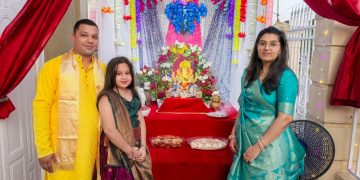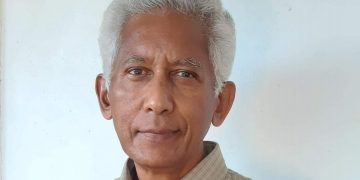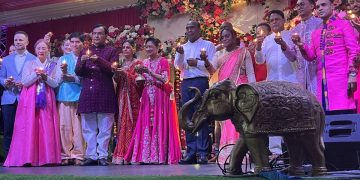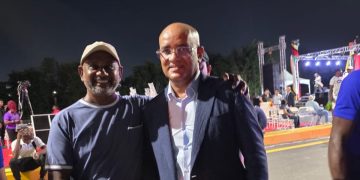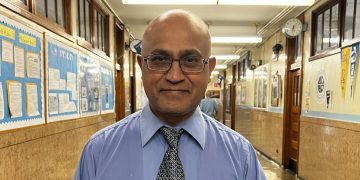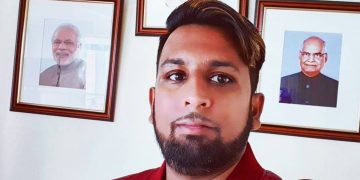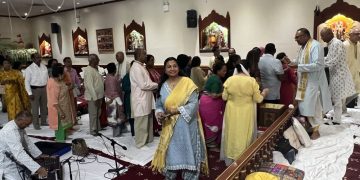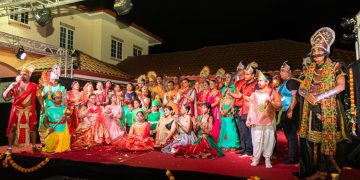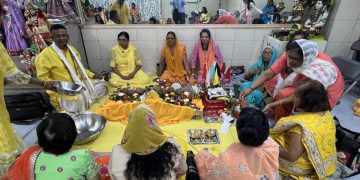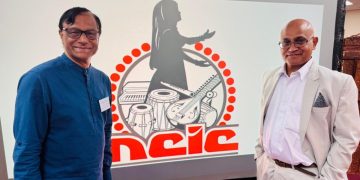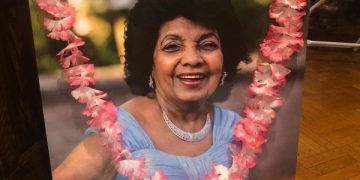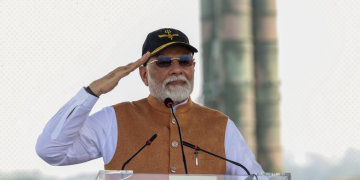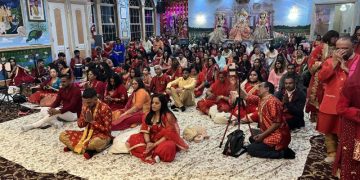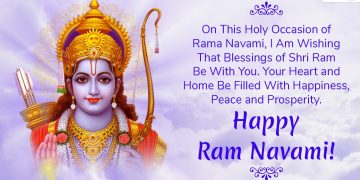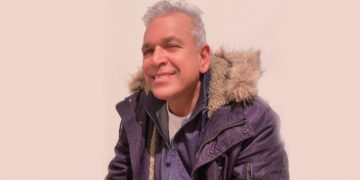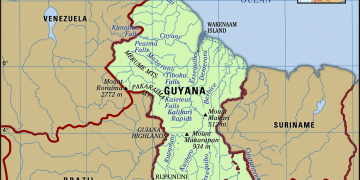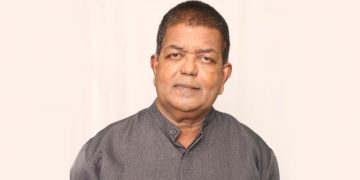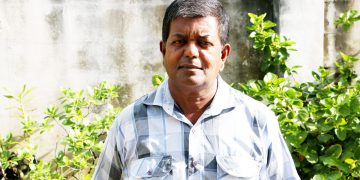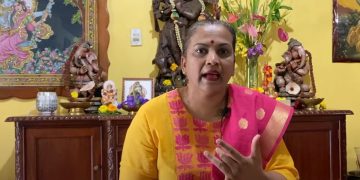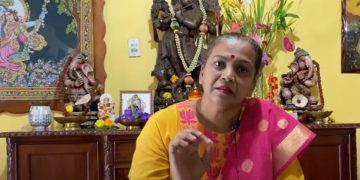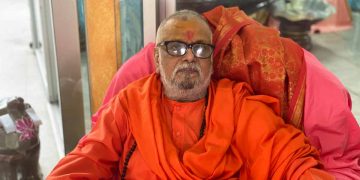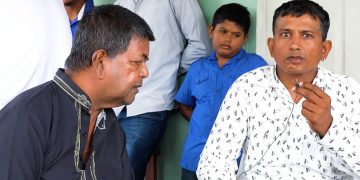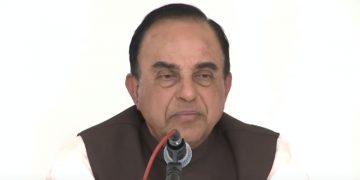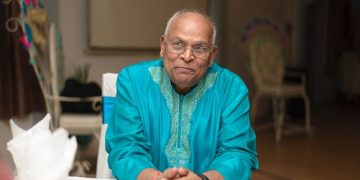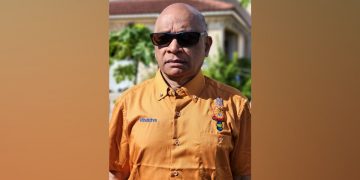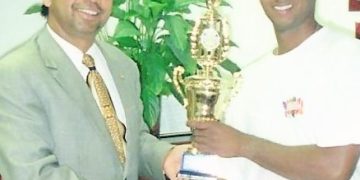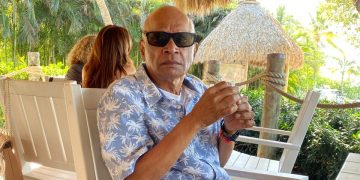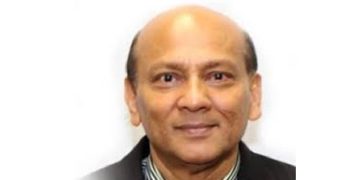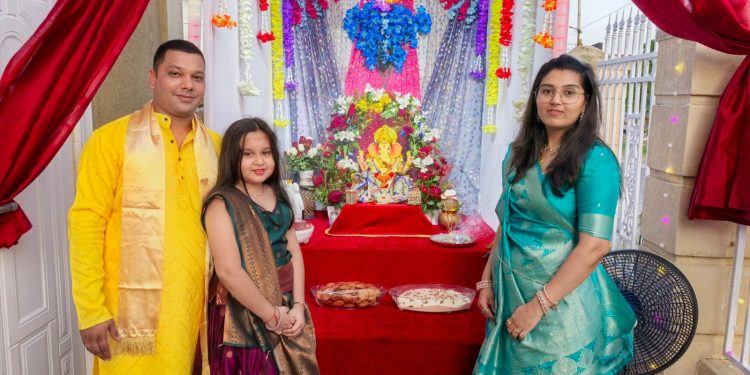Ganesh Chaturthi (rebirth) is among India’s most popular Hindu festivals dedicated to worshipping Lord Ganesh. It is celebrated publicly with grandeur and great enthusiasm and devotion in mandirs and on the streets in India from three to ten days with huge crowds of celebrants. It is a cultural spectacle of song and dance and brilliantly illuminated lights with the murthi of Lord Ganesh being paraded around with loud traditional drums. It is among the most beautiful spectacles in India worthy of an experience. This writer experienced it several times in Mumbai. The festival has been recently transplanted to the Caribbean and other parts of the West and other place (like Australia, New Zealand, Holland, UK) where large numbers of Hindus are settled. It is similarly celebrated in New York and other parts of USA where over five millions Hindus dwell. In Guyana, the Jariwala family of India hosted traditional celebrations over the last few years.
People worship Lord Ganesh, remover of obstacles, in their pujas as mandated in the scriptures. Ganesh (Ganesha) is the elephant-headed, round-bellied god of prosperity and wisdom. As explained by pundits and in writings, Ganesha is known for his ability to remove obstacles in one’s life and in business and is generally worshipped before new beginnings of practicing Hindus.Ganesh has an elephant head because he was protecting his mother Parvati who was taking a bath when Lord Shiva came home and forced his way into the room. Shiva not aware that Ganesh was his son beheaded Ganesh. Parvati was very angry with Shiva and demanded restoration of life. Shiva said he would restore life with the head of the first living creature that came. It happened to be an elephant. That’s how Ganesha had the sleepyhead. Shiva also made it mandatory that all worship would commence with propitiation of Ganesh, ascribing him God status.
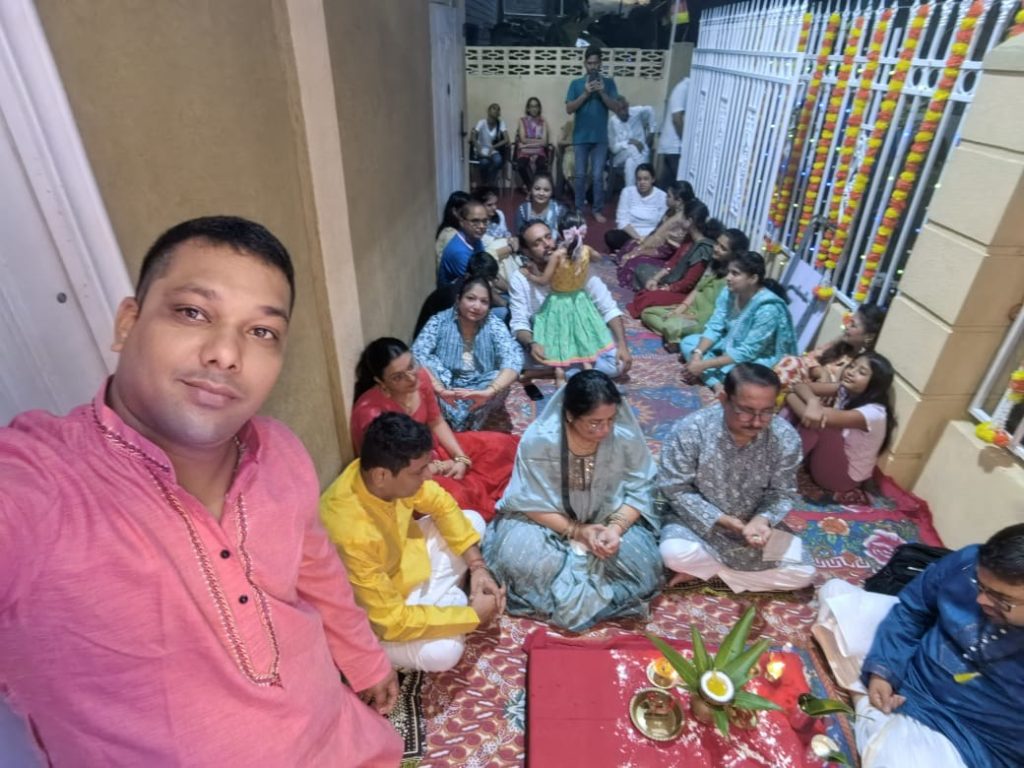
Ganesh Chaturthi falls each year in late summer, during the Bhadra month that coincides with late (August or early September) in the Hindu calendar, and marks a celebratory time of year when families gather. It should not be confused with Ganesh Jayanti (birth or appearance) that is celebrated in February.
In Chathurthi, there is a lot of singing and dancing and kathas focused on Lord Ganesh, who is generally worship first (among the Gods and Goddesses) in all pujas. In New York, on the first weekend of the ten days festival, there is a procession on Liberty Avenue in Richmond Hill, Queens, of the Ganesh murthi atop a truck with appropriate bhajans and the distribution of sweets and Prasad (mohanbhog). The festival spans 10 days and usually observed in September preceding Pitri Paksh which precedes Navratri which itself precedes Diwali which is observed on the darkest day in October. In Richmond Hill, a massive tent was constructed annually at the Arya Samaj ground (also known as the Dr Cheddi Jagan Square) on 133rd Street, off Liberty Ave., on Pt. Ramlall Street, attracting throngs of devotees. Other mandirs and organizations also hosted Chathurthi celebrations, introduced by Indo-Caribbeans who recently studied in India. Chathurthi was celebrated with zeal and joy.
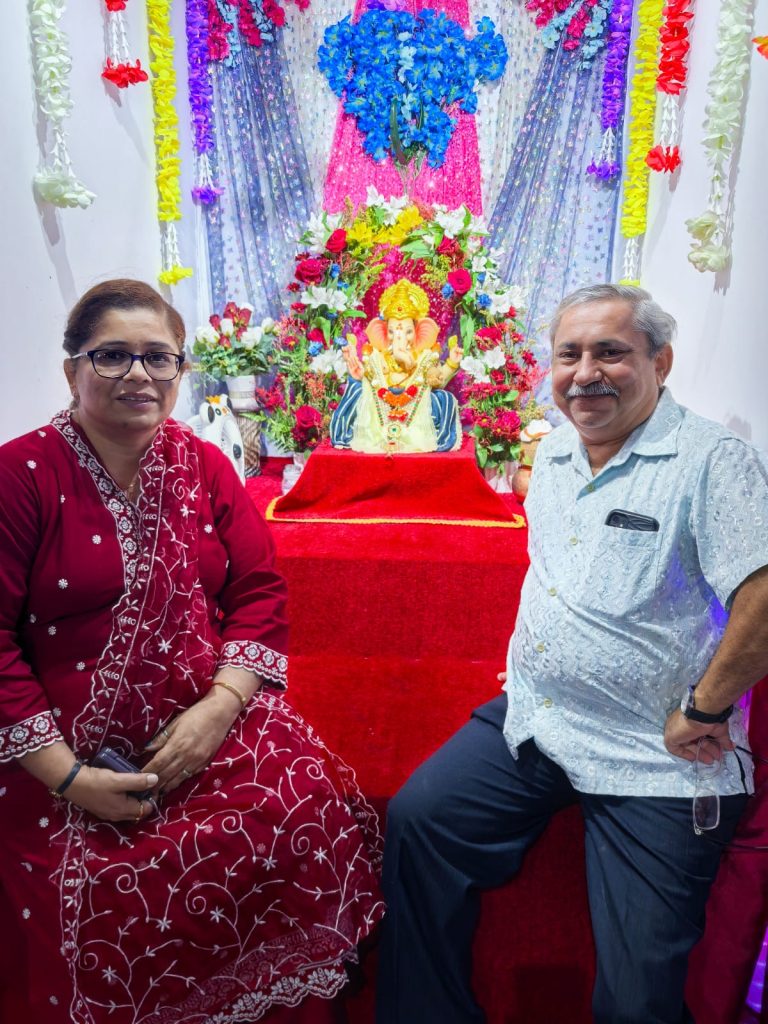
Ganesh Chaturthi has not been a very popular or well known festival in Guyana or the Caribbean. Other Hindu festivals like Diwali, Holi, Shivratri, Navratri, Ram Navami, and various Jayantis (Krishna, Hanuman, Ganesh, etc.), introduced by the indentured laborers, have been very popular and elaborately celebrated or observed in Guyana and other Caribbean societies. These festivals have been transplanted by Indo-Caribbean Hindus in North America, UK, and Holland. Ganesh Chaturthi has been recently made popular in Guyana, Trinidad, and Suriname by recent migrants from India. It is gaining greater popularity in the Caribbean countries with large numbers of Hindus. The festival has also been made popular in North America, UK, Holland, and France, among other European countries; Indo-Caribbean people have become deeply immersed in the festival in North America, especially over the last couple decades. Indo-Caribbeans tend to organize and or host their own celebrations at various locations in New York and Florida. The festival is also increasingly becoming popular in Trinidad and Suriname.
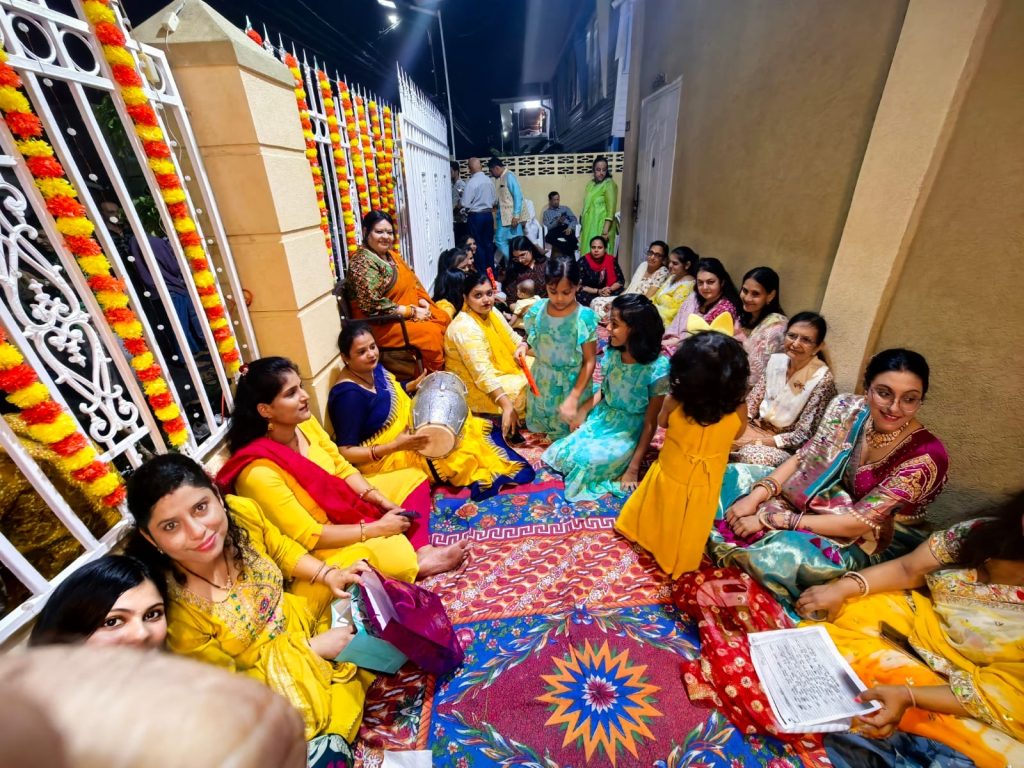
Chaturthi begins with the installation of Ganesh murthis made from clay on a pandal (stage). The murthis come in all shapes and sizes and colorfully painted and brilliantly decorated. An installation ceremony is conducted and prant pratishta held. Every evening for some ten nights, there is a katha and a cultural program. On the final day, there is a vibrant procession that culminates in the immersion of the murthi in water (rivers, lakes, ocean, or the sea). In 2025, it started August 27, culminating September 6. Several Indo-Caribbean mandirs in Queens and Bronx hosted celebrations. Elaborate celebrations were organized by other Hindu organizations and mandirs of South Asian background.
Chathurthi is a cultural festival, symbolizing unity and strength bringing people together of all backgrounds. People sit together clapping, cheering, singing, socializing and sharing chai and meals.
In Guyana, the Jariwala family has been sponsoring and hosting Chathurthi celebrations since 2022.
The festival was sponsored by Monty Jariwala and Hetal Jariwala assisted by Punit Jariwala and Vrushika Jariwla, among a few others. The front of Monty’s beautiful home was transformed into a magnificent make shift place of worshipping or shrine. It was brilliantly lit with beautiful flowers and well decorated. Hundreds of nationals from India and many Guyanese patronized the nightly festival that included singing and dancing, aartee, and a hearty vegetarian meal. Many prominent individuals, including India’s High Commissioner and members of the business community also partook in the festivities. This writer and radio announcer Jass Persaud also patronized the celebration a few evenings.
The family thanked attendees for patronizing the festival and all those who provided support.
The Jariwala family is commended for its planning and organizing of this beautiful traditional festival over the last four year in their compound in Kitty. It should spread across other parts of the country and become institutionalized. It is a fantastic festival that I first experienced in India in 1985 and again whenever I visited in the month of August in various years. New York Indo-Caribbeans love the festival and they increasingly participate in it.
